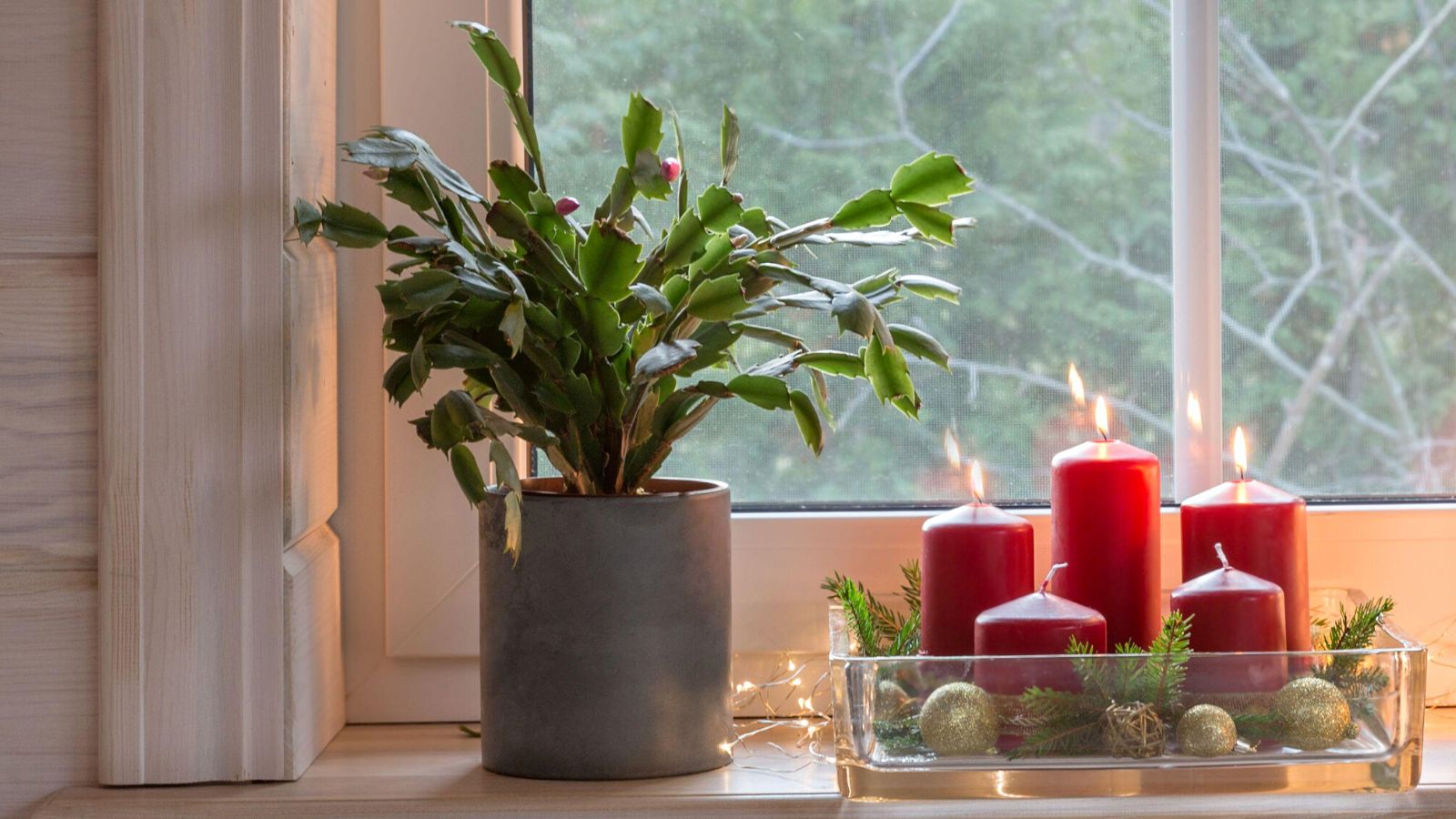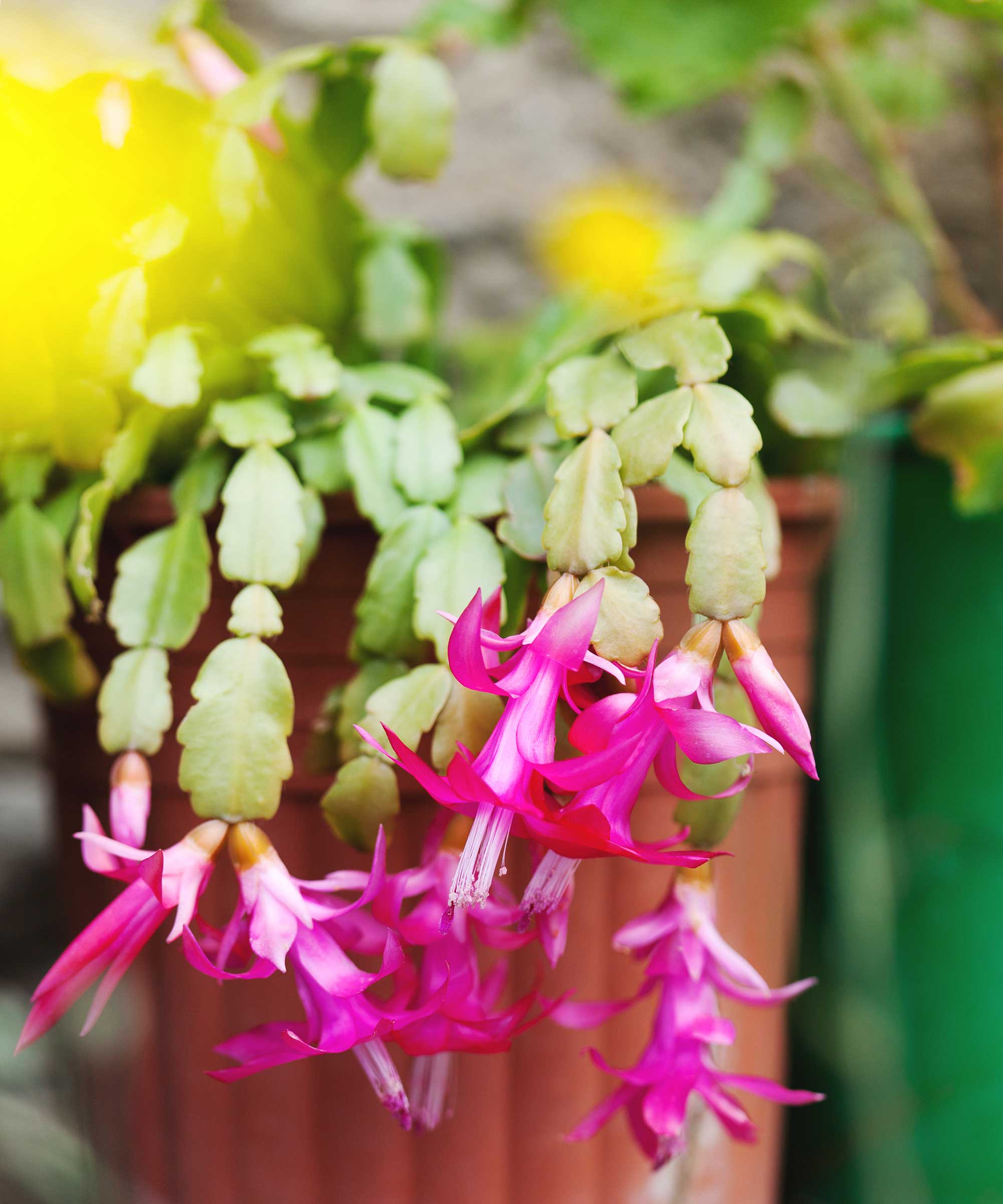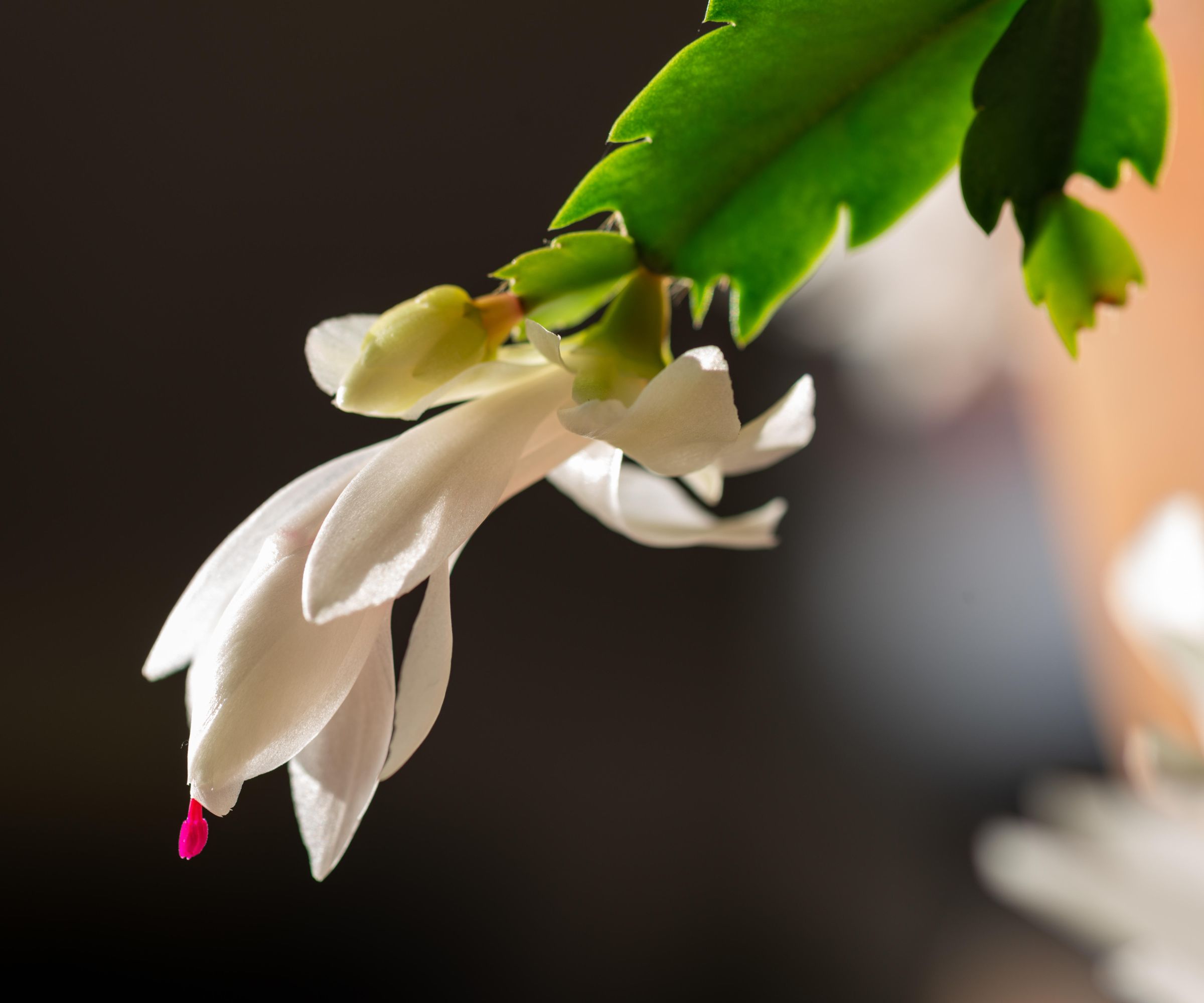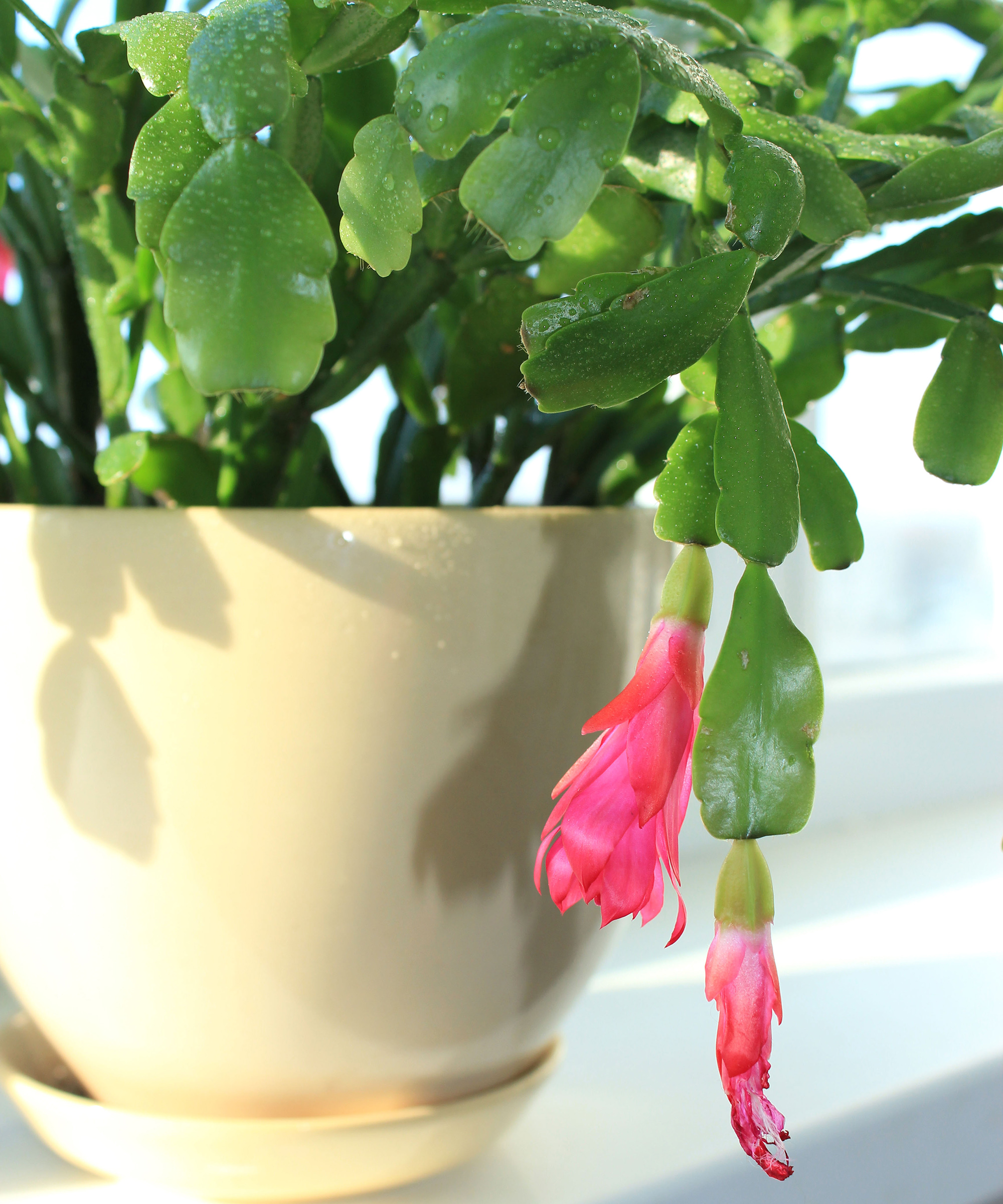How to trim and revitalize a woody Christmas cactus
Revive a Christmas cactus with these expert care tips for more mature plants


A Christmas cactus, also known as a 'holiday cactus' or 'Schlumbergera', will bring a beautiful burst of color into your home over winter. Blooming around November and December in pinks, red, and white, it's a cacti destined to make a statement.
Christmas cactus care may not be for beginners, but if you take some time to read up on common problems faced by the succulent, from temperature stress to why your Christmas cactus is not blooming, you'll be in a good, all-round position to take the best care of your plant. When these plants get older and larger, their stems can become woody. This isn't anything to be concerned about, in fact it is totally normal, but it might indicate your plant could benefit from a trim.
We talked to tropical plant and palm expert Alexandra Moreno of Atlanta Palms to find out what to do if your Christmas cactus is woody, and how to trim it back to promote healthy future growth.
Why your Christmas cactus is woody

If your Christmas cacti is feeling woody, there is nothing you need to do about it. In fact, it's a sign that the plant is healthy and destined to live to a ripe old age.
'As the Christmas cactus gets older and matures, the base or stem starts to become woody. This is normal, and there is nothing that can be done to prevent it,' says Alexandra.
However, it's important that you're able to distinguish between your Christmas cacti having woody stems or stems that are dead due to dehydration.
Stems that are discolored or shrivelled are signs that you may not know how often to water a Christmas cactus. Over time, if they are left in your home these stems may begin to dry out and harden. These stems are definitely not healthy, even if they have a dry, woody texture.
You can keep an eye on the moisture level of your Christmas cactus using a device such as a soil moisture meter from Amazon.

Alexandra works for Atlanta Palms as a landscape designer and tropical plant and palm expert. She has been designing gardens and providing plant design consulting for over a decade, and prides herself in her extensive knowledge of tropical plants. She works from her home in tropical Colombia, where she gathers daily inspiration for her designs and articles.
When and why do I need to trim my Christmas cactus?

There are a number of signs that your woody Christmas cactus could benefit from having its branches trimmed, including stooping branches as the plant gets heavier, or the growth of thin, weak leaves.
'When the branches of your woody Christmas cactus grow longer, they become heavy and are likely to break off due to the weight. If you notice the branches becoming too long and starting to weigh the plant down it might be the time to trim them,' says Alexandra. 'Another sign your cactus needs trimming is when the end of the leaves look weak and thin.'
If you trim the branches of your Christmas cactus, the plant will overall grow back in stronger condition. The Fiskars bypass ergo pruner from Target is a great choice for trimming your plants, as it has a comfortable handle and strong blade.
Alexandra adds that pruning the branches is one of the top ways to make a Christmas cactus bloom: 'Pruning also helps redirect the plants energy into producing more flowers.'
How to trim and revitalize a woody Christmas cactus

The easiest way to trim your woody Christmas cactus is by using a clean pair of pruning snips, although you may be able to snap branches off of your cacti using your fingers if you're careful.
A Christmas cactus doesn't require frequent trimming. Once a year after its winter bloom period should do the trick, but it's a vital process as not doing so will impact your blooms and cause breakage on your plant due to heavy, unattended branches.
Alexandra shared the following five steps to consider when trimming your Christmas cactus:
- 'Make sure you prune your Christmas cactus a month after it has finished blooming [doing this will help to encourage your plant to branch out and produce further blooms].
- Decide how far down each branch you want to prune the cactus, depending on how you like it.
- Cut the plant at the points where the segments of the plant meet to create a neater shape. Avoid cutting through the middle of the segment or branches can fall apart.
- To prune the plant, use your fingers to twist the segment until it detaches from the plant, or use scissors to cut them off.
- Dry your cuttings and plant them in new planters if you want to propagate your Christmas cactus.'
Do you know when to fertilize a Christmas cactus? There are a few tell-tale signs that this plant could benefit from an extra burst of nutrients to keep its colorful flowers looking fresh for as long as possible.
Design expertise in your inbox – from inspiring decorating ideas and beautiful celebrity homes to practical gardening advice and shopping round-ups.

Ciéra is a writer and regional laureate with particular passions for art, design, philosophy and poetry. As well as contributing to Homes & Gardens, she's an Editorial Assistant for Design Anthology UK and a contributing writer for magazines including Livingetc, Apartment Therapy, House Beautiful and Ideal Home. Previous commendations of hers include being Highly Commended by The Royal Society of Literature and receiving a prestigious MA Magazine Journalism scholarship to City, University of London.